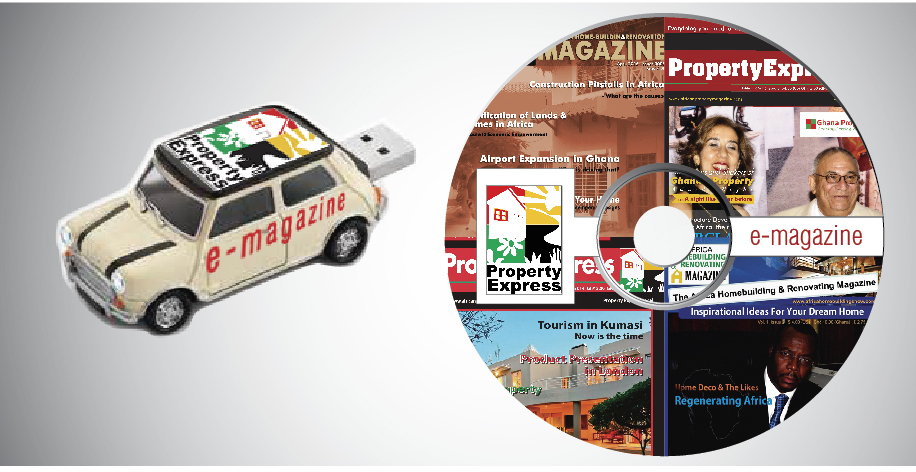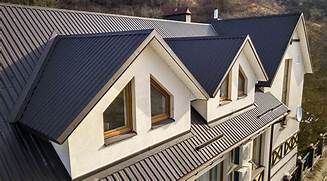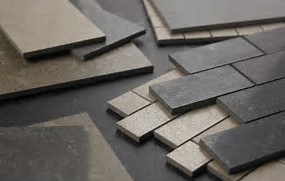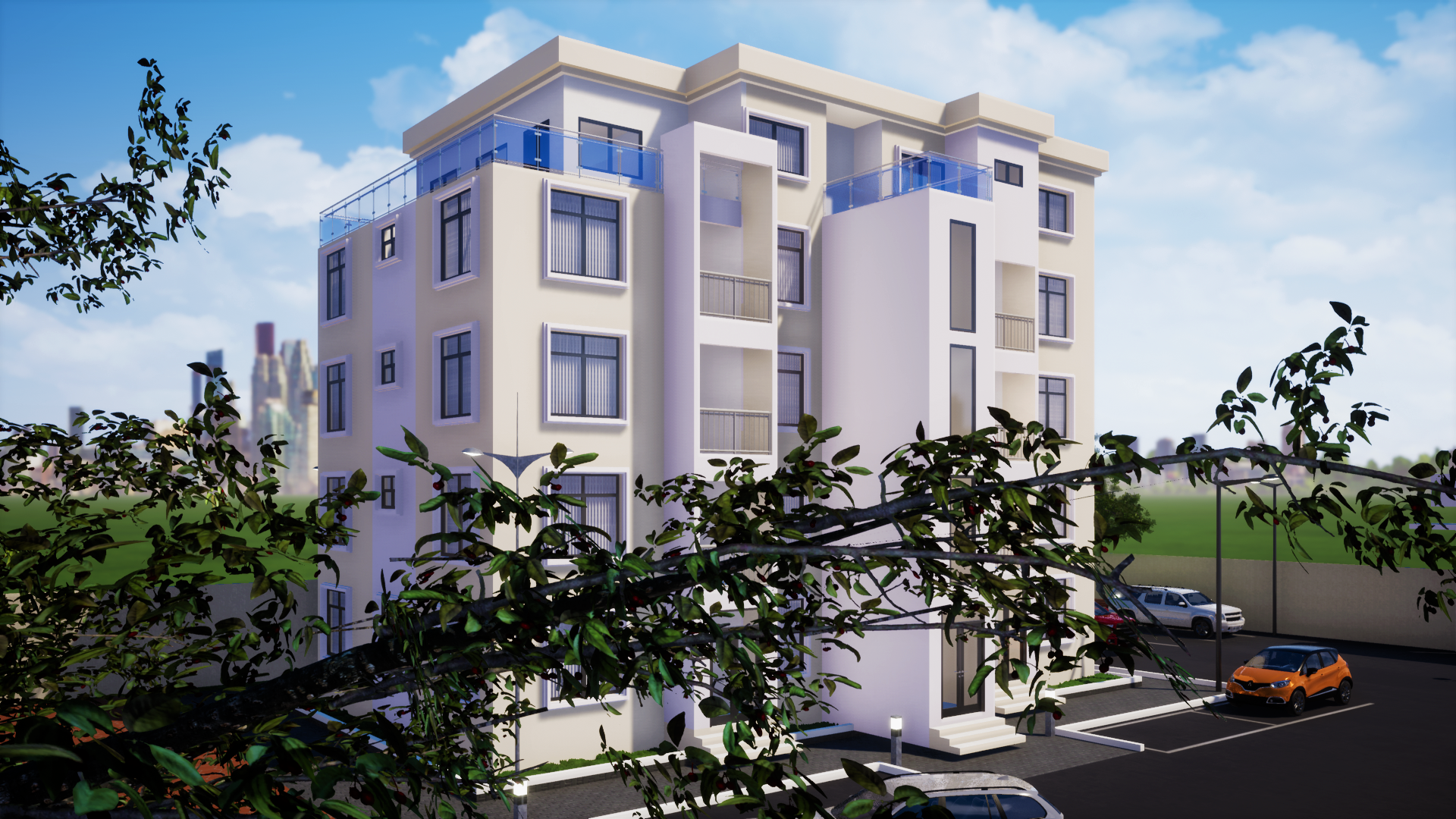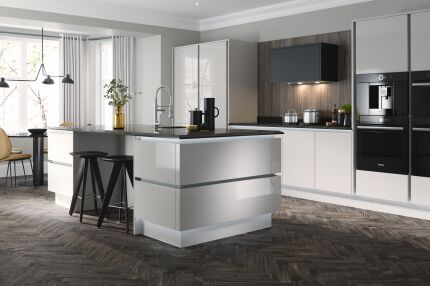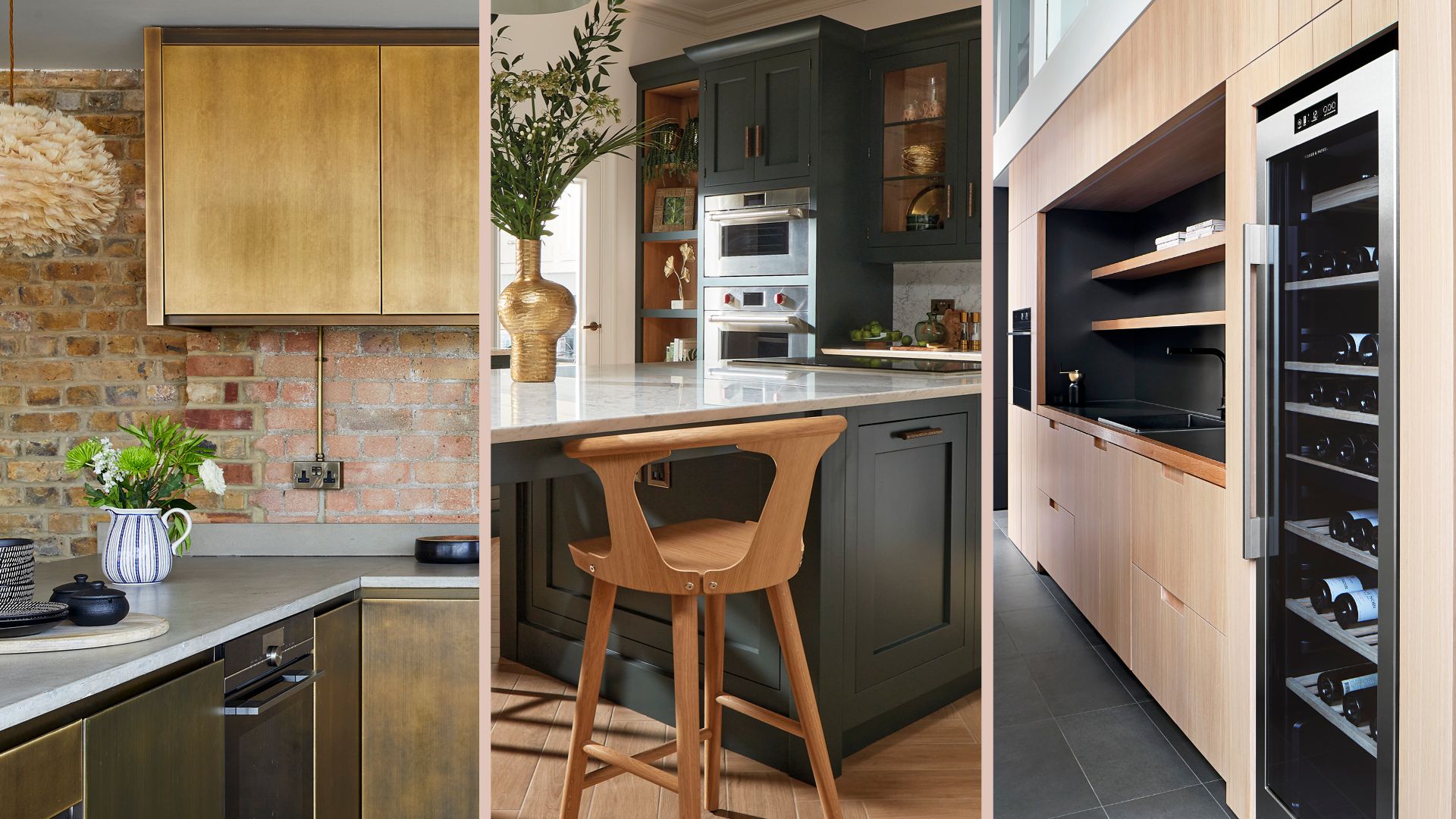Choosing the right flooring for your home
Flooring is a huge part of home construction. It plays a massive role in interior design. But choosing just any type of flooring because it matches your desired design is a terrible interior design mistake you shouldn’t make. There are factors to consider if you want to make the best choice. This makes choosing the best flooring a bit challenging. This article will simplify the process for you. Go through the selected types of flooring and use their pros and cons as a guide to help you to determine the best type of flooring for your home.
Hardwood
Hardwood is made from a single piece of solid wood, which is about 18-20mm thick. This solid wood may be from oak, cherry, or walnut.
It is simply installed by nailing the solid wood to a wooden subfloor. Solid wood flooring is best for living rooms, halls, and bedrooms. The wood can be obtained finished or unfinished. You can install the finished wood right away but you will have to sand and finish an unfinished wood before installing it.
It is easy to clean. Stylish and suitable for any type of décor, durable increases the resale value of the home. However, it is vulnerable to scratches and dents, unsuitable for wet areas like the bathroom and laundry, and can shrink due to temperature changes
Engineered wood
It is a more affordable alternative to solid wood. It is made by combining solid wood with multiple layers of plywood. A thin veneer of natural wood showing grain is attached to the top of plywood planks to make it cheaper. It is suitable for living rooms, bedrooms, halls, and basements. Engineered woods come in different types. They are made with various species of solid wood such as an oak tree, maple, and the likes. They’re available in different patterns and broad widths and very affordable.
It is Stylish like hardwood, more resistant to dents and scratches, stable less sensitive to temperature and easy to clean.
However, it is less durable, can only be refined three times and are unsuitable for wet areas
Ceramic Tiles
It is made from a mixture of fired clay with pigment for different colors. It is one of the most versatile types of flooring. They come in different shapes, textures, sizes, and colors. Ceramic tiles are not all suitable for flooring as some types are mainly for walls. It comes in four main types including porcelain tile, grazed ceramic, terracotta, and quarry tile.
Porcelain is one of the most suitable types of ceramic tiles for your bathroom. It is stain and water-resistant, whether glazed or unglazed. It is hard and durable. Glazed ceramic has a glass-like coating that gives it any color or texture. Terracotta comes in earthy stones and gives your home a rustic look. It is not as durable as other types of tiles whilst the Quarry tile is gleaming but rough. It provides more resistance against slips and falls. Ceramic tiles come in a variety of colors and shapes, and are easy to clean. Porcelain tiles are the most durable and resistant to scratches and dents, while glazed ceramic requires little maintenance.
However, glazed ceramic can be slippery, durability depends on the type and it is not easy to fix when cracked
Bamboo
Bamboo flooring falls under the hardwood category. It is economically friendly since it is natural. Bamboo gives a light wood color and a member of the grass family but can grow as tall as 70 feet in less than two months. It is usually shipped in from Asia.
It comes in solid strips or engineered planks with different beautiful patterns, it is suitable in the same places as other woods. Additionally, it is ideal in the kitchen and mudroom.
Bamboo is durable, easy to install, and clean. Its flooring glue may be high in harmful formaldehyde
Laminate
Laminate wood flooring is similar to engineered wood, only that it doesn't have real wood at the top. Instead, its top layer is a photograph with a clear plastic coating. It looks like wood, tile, stone, or whatever the designer chooses.
It can also be made with a compressed fiber. It comes as planks or tiles. Most laminates are installed with a floating flooring system. This flooring material is good for areas such as the kitchen, playrooms, and foyers but suitable for wet rooms like laundry and bathrooms.
Bamboo flooring is less expensive, easy to install, clean, and maintain, resistant to scratches and dents, easy permeable to water, cannot be refined, and is less durable than real wood
Linoleum
Linoleum flooring is made from biodegradable materials like linseed oil, linoleum, and cork powder. It is a flexible type of flooring that has been popular for over 150 years. Linoleum comes in sheets, tiles or laminated planks. Just like laminate, it can be installed using the floating flooring system or glue.
Some types of linoleum are sealed with a protective coating that helps them to resist stain and wear. Such types require low maintenance while other types need to be refined from time to time.Linoleum is suitable for family rooms, kitchens, basements, and bedrooms. It is eco-friendly can last for up to 40 years, has a soft underfoot, comes in varieties of styles and colors, and is easy to clean. It is vulnerable to dents and tears and fades when exposed to too much sunlight.
Carpet
Carpets are versatile just like ceramic tiles. They come in several patterns, colors, and textures.
Fiber count determines carpet quality. The more the fiber the more the durability. Carpets are made from wool, nylon, acrylic, polyester, or polypropylene.
Wool carpets have a higher ability to resist moisture and stain, unlike other types. Nylon carpets can be easily recycled. Carpets made from acrylic are resistant to mildew, insects, and crushing. Polyester carpets are moisture resistant but vulnerable to stain while polypropylene carpets are highly resistant to both moisture and stain.
Carpets are suitable for bedrooms and living rooms, they are slip-resistant, warm, easy to install
But difficult to clean, vulnerable to stains and a wrong choice for people with allergies.
You can use one flooring type for the bedroom, living room, and hallway. And another for wet areas. Ensure that your choice suits your needs and consider the pros and cons of each type before making a purchase.
Joycelyn Marigold -African Property Magazine
SUBSCRIBE FOR BOTH ONLINE & THE HARD COPIES NOW





.jpg)




